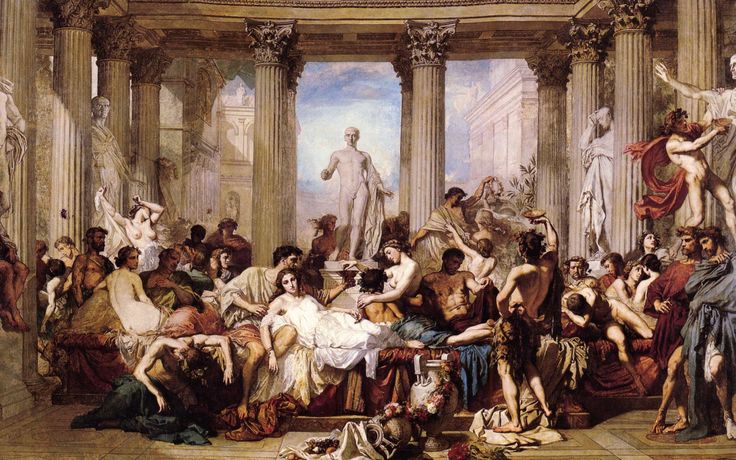
When people think of the Pope, they imagine a solemn man in white robes, delivering prayers and guiding the faithful.
What they don’t imagine is a man throwing lavish orgies inside the Vatican, handing out church positions to his own children, and treating his papacy like a family business. But that’s exactly what Pope Alexander VI did.
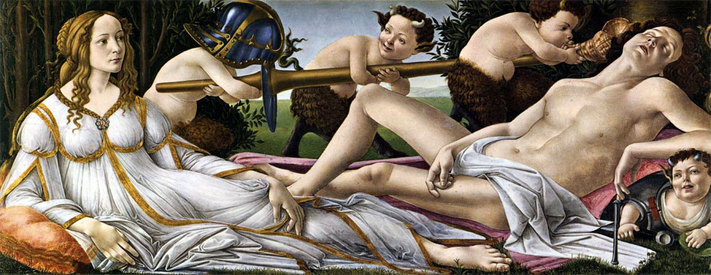
Born Rodrigo Borgia, he became pope in 1492 and quickly turned the Catholic Church into his personal empire. He wasn’t just any corrupt leader—he was bold about it.
His reign was filled with scandals, power plays, and an infamous event known as the Banquet of Chestnuts, a night so wild it still sparks debate centuries later.

Who Was Pope Alexander VI?
Rodrigo Borgia wasn’t born into Italian nobility. He was from Spain, but thanks to family connections and political maneuvering, he climbed the ranks of the Catholic Church.
The Borgias had a reputation for scheming, and Rodrigo fit right in. He became a cardinal under his uncle, Pope Callixtus III, and by 1492, he secured the papacy through outright bribery.

Once in power, Alexander VI ruled more like a king than a religious leader. He didn’t believe in celibacy—he had multiple mistresses and fathered at least four acknowledged children: Cesare, Juan, Lucrezia, and Jofré Borgia.
He openly favored them, giving them lands, titles, and power across Italy. If anyone stood in their way, they had a habit of disappearing.
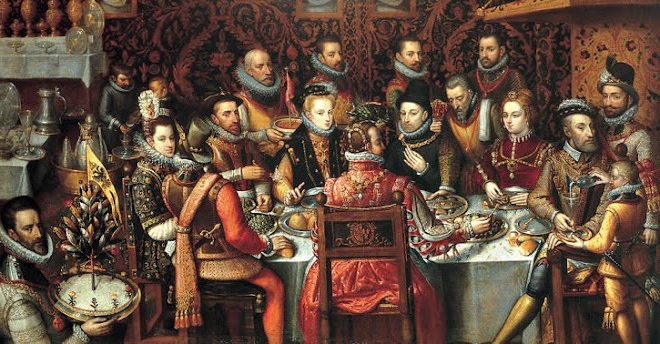
The Banquet of Chestnuts (1501)
Among all the excesses of his papacy, one event stood out—the Banquet of Chestnuts. The Vatican was no stranger to indulgence, but on October 30, 1501, this gathering crossed every line.
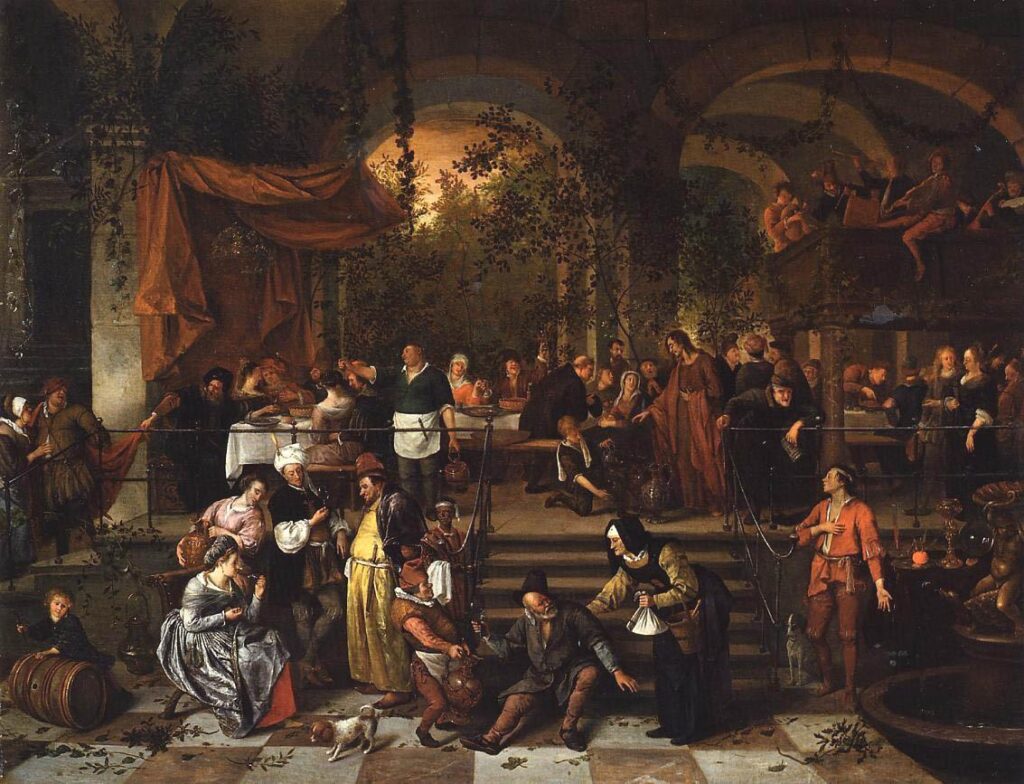
The banquet was hosted by Cesare Borgia, Alexander’s son, in the Apostolic Palace.
According to records, fifty prostitutes were invited to entertain the guests, which included high-ranking church officials. The women danced and stripped while chestnuts were scattered across the floor.
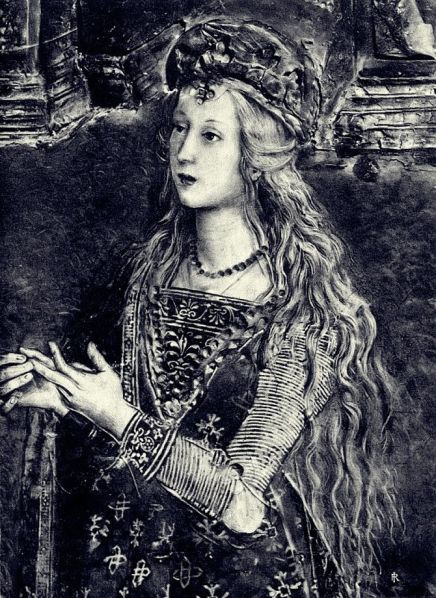
Then came the competition. Guests were encouraged to have sex with as many women as possible, with prizes awarded to those with the highest count.
Servants held up candles to illuminate the acts, ensuring the spectacle was fully visible. The night blended feasting, drinking, and debauchery on a scale that shocked even Renaissance Rome.
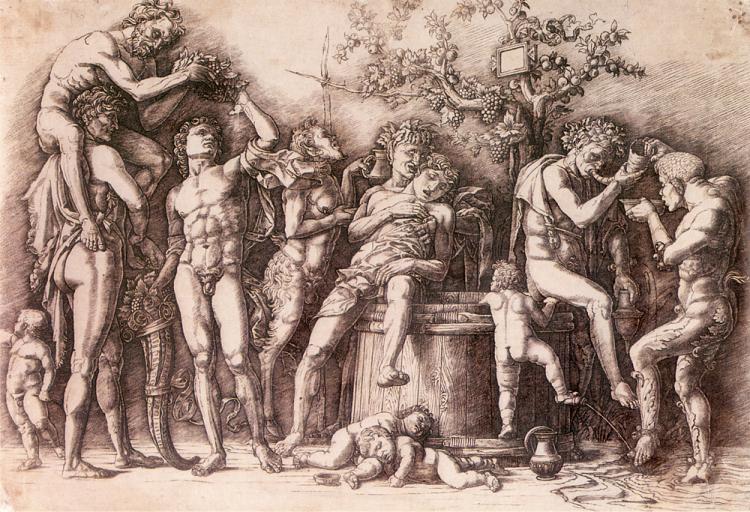
How Do We Know This Happened?
Much of what we know about the Banquet of Chestnuts comes from Johann Burchard, the papal master of ceremonies, who recorded events at the Vatican. His account describes an orgy inside the Pope’s residence, a scene unheard of in Church history.
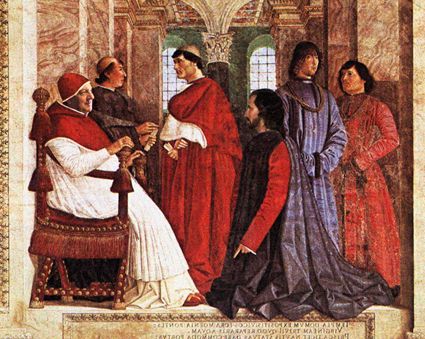
However, some historians debate whether his writings were exaggerated. Burchard wasn’t a fan of the Borgias, and other sources don’t mention the event in the same detail. Whether the night was as wild as described or slightly overstated, there’s no doubt the Borgias treated the Vatican as their personal playground.
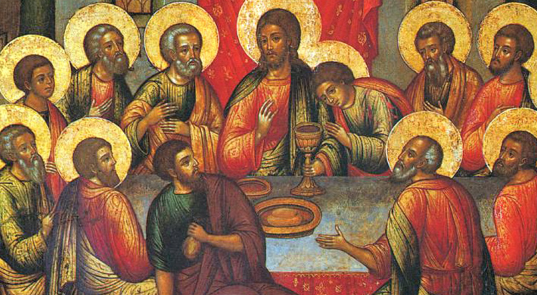
Sex, Power, and Corruption in the Borgia Era
The Banquet of Chestnuts was just one example of how Pope Alexander VI used his position to satisfy personal desires. His entire rule was built on nepotism, bribery, and manipulation.
- He married off his daughter, Lucrezia, multiple times to strengthen alliances. When her husbands were no longer useful, they were conveniently poisoned or assassinated.
- His son, Cesare, led military campaigns to expand the family’s power, forcing cities into submission under the Vatican’s rule.
- He openly sold church positions to the highest bidders, ensuring wealth flowed directly into the Borgia pockets.
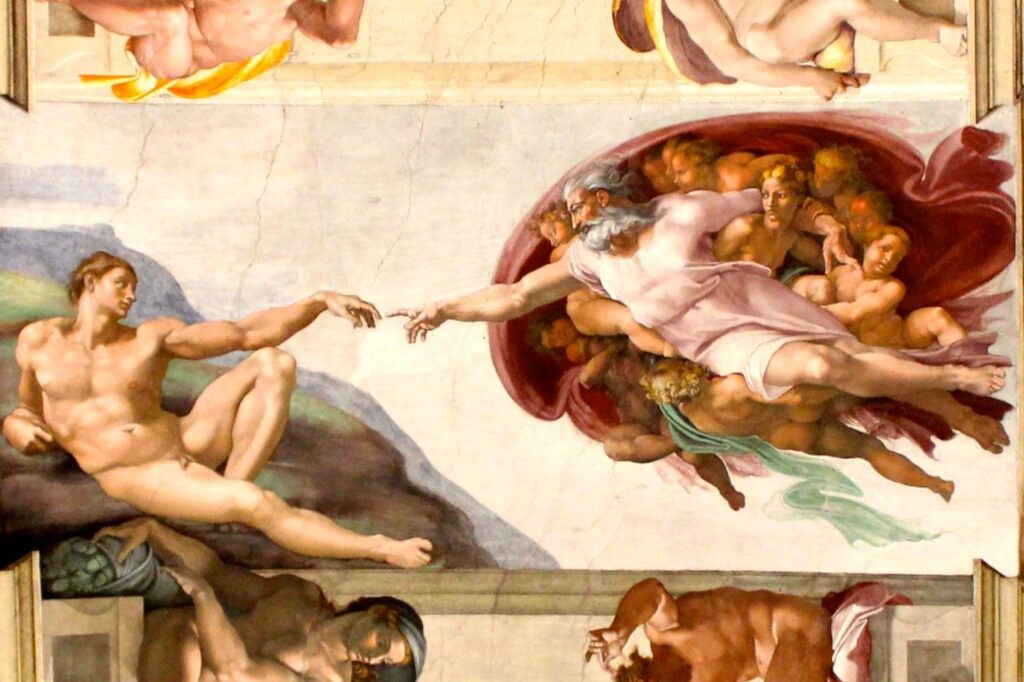
For Alexander VI, being Pope was less about faith and more about control, pleasure, and power.
Did the Church Punish Him?
You’d think a Pope engaging in this level of corruption would be removed. But in Renaissance Italy, power mattered more than morality. Despite the scandals, Alexander VI held onto his position for 11 years, using his influence to shield himself from consequences.
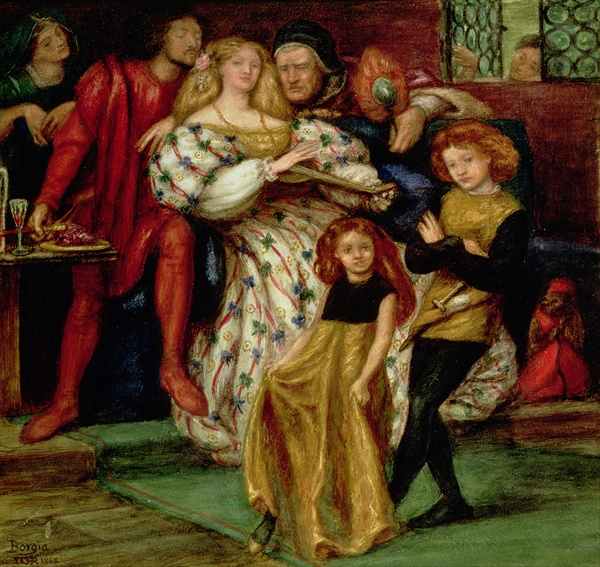
What finally ended his reign? A sudden illness. In 1503, both he and Cesare fell ill, possibly from malaria—though some suspect poisoning. Alexander VI died on August 18, 1503, leaving behind a legacy of excess.

His death wasn’t exactly peaceful. His body reportedly turned black, swelled up, and reeked of rot within hours. Some say this was just decay, but others took it as a sign of divine punishment. Either way, his time as Pope ended in a way as dramatic as his life.
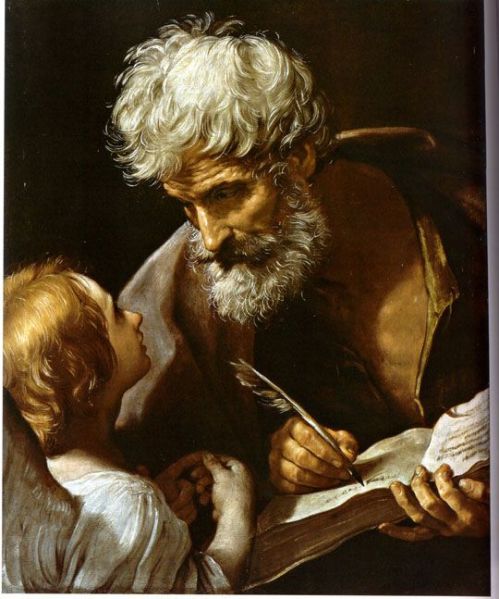
The Legacy of the Borgia Pope
Pope Alexander VI remains one of the most infamous leaders in Church history. His rule was a mix of political brilliance and absolute corruption. While he expanded Vatican power, he also tarnished its reputation.
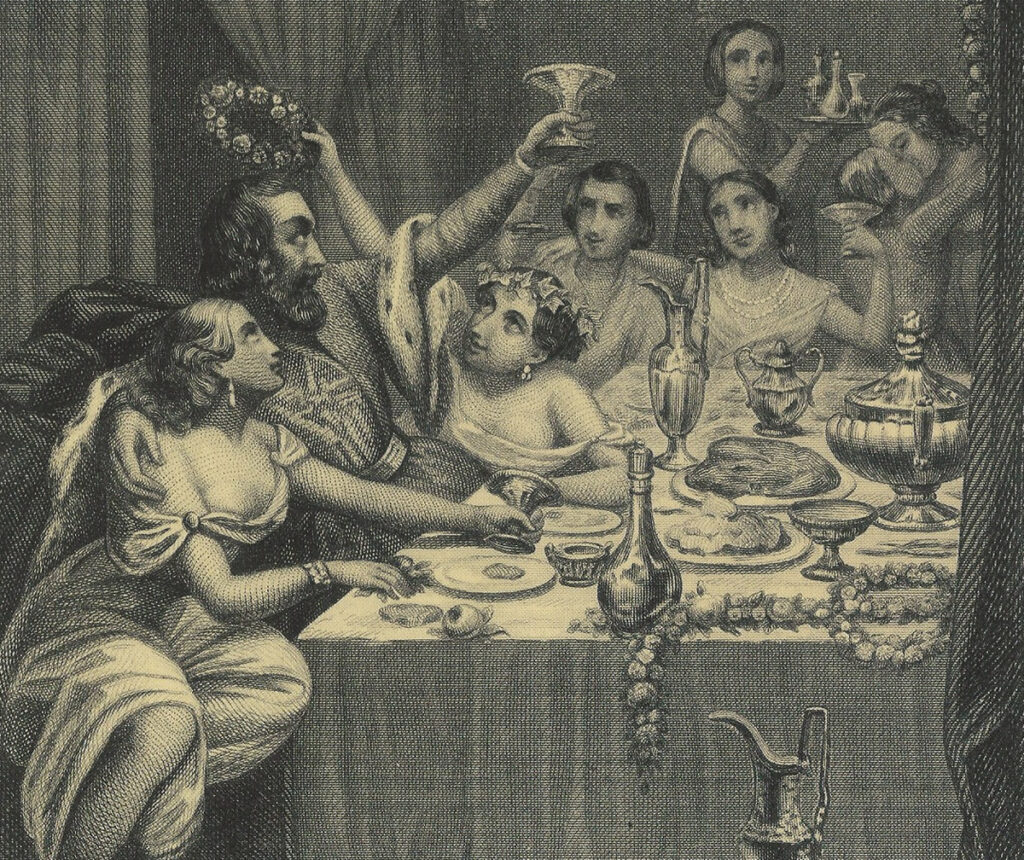
The Borgia name became synonymous with scandal, incest rumors, and betrayal, inspiring stories for centuries. Even today, his legacy lives on in books, TV shows, and historical debates.
More from the Collection

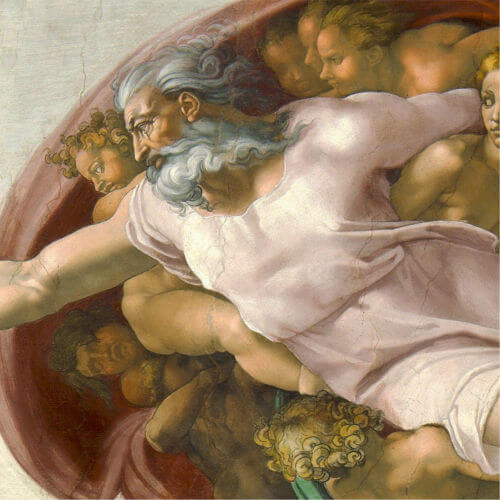
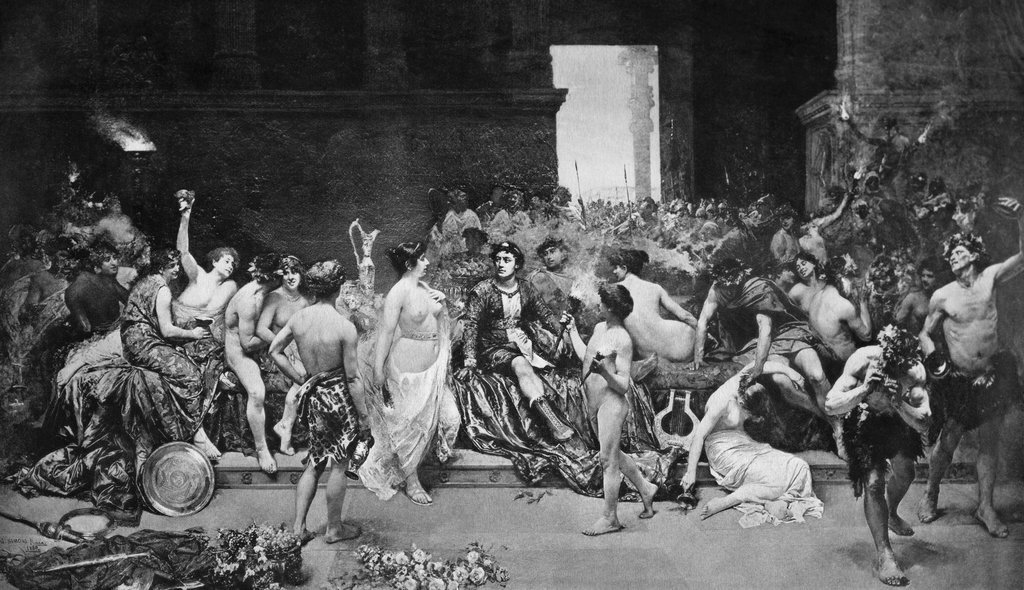

Sources:
- Burchard, Johann. The Diary of Johann Burchard: Papal Secretary, 1483-1506.
- Hibbert, Christopher. The Borgias and Their Enemies: 1431-1519. HarperCollins, 2008.
- Bradford, Sarah. Lucrezia Borgia: Life, Love, and Death in Renaissance Italy. Penguin Books, 2004.
- Meyer, G.J. The Borgias: The Hidden History. Bantam, 2013.
- Hollingsworth, Mary. The Borgias: History’s Most Notorious Dynasty. Head of Zeus, 2017.





